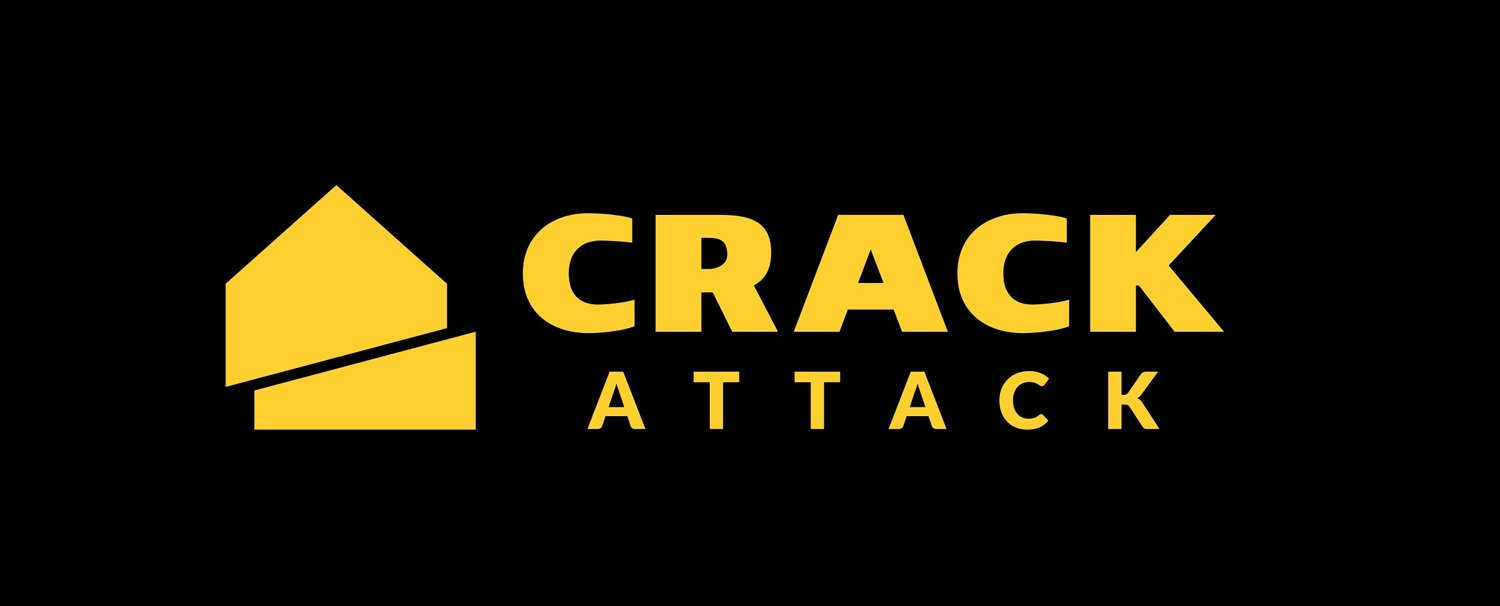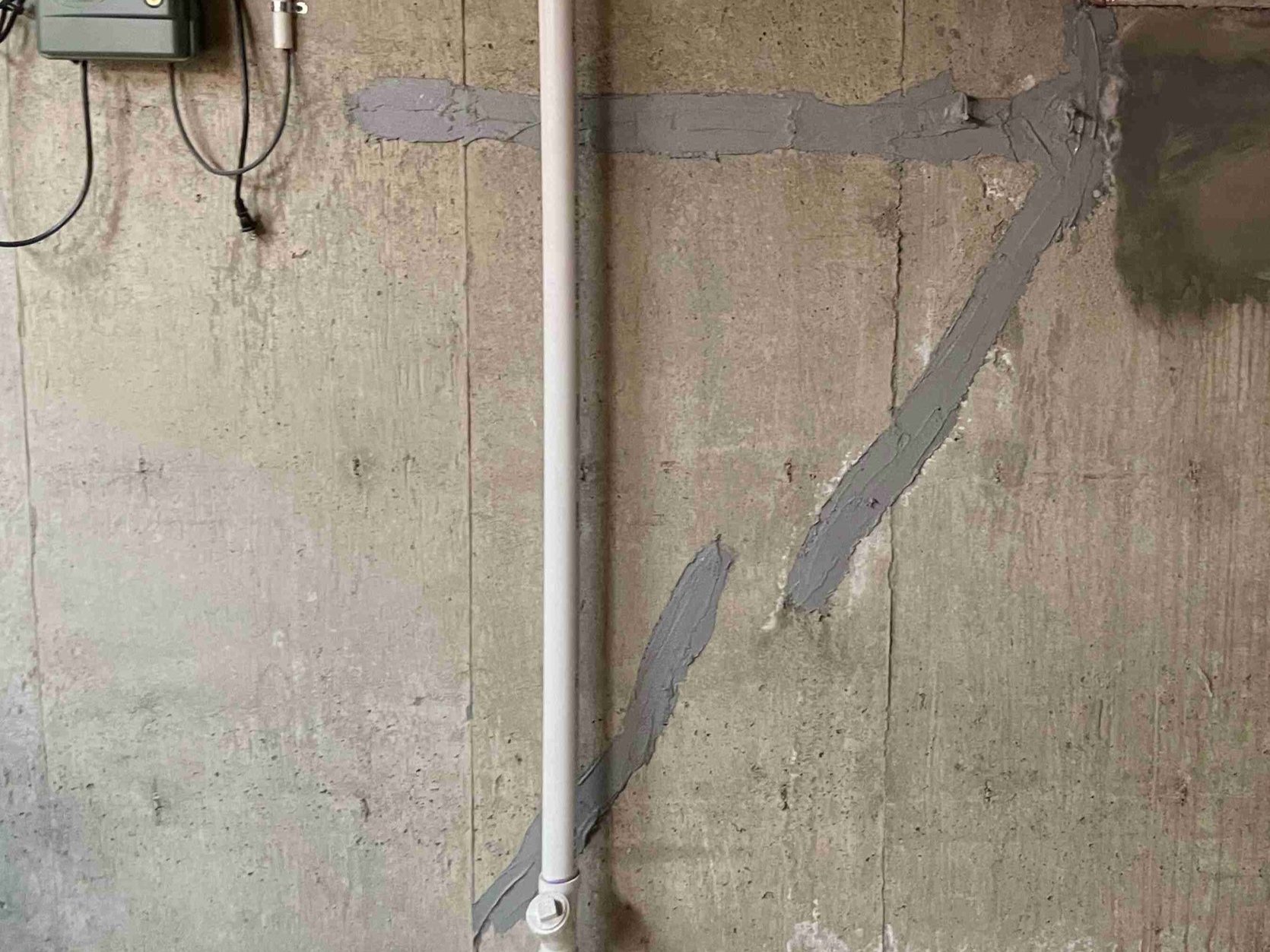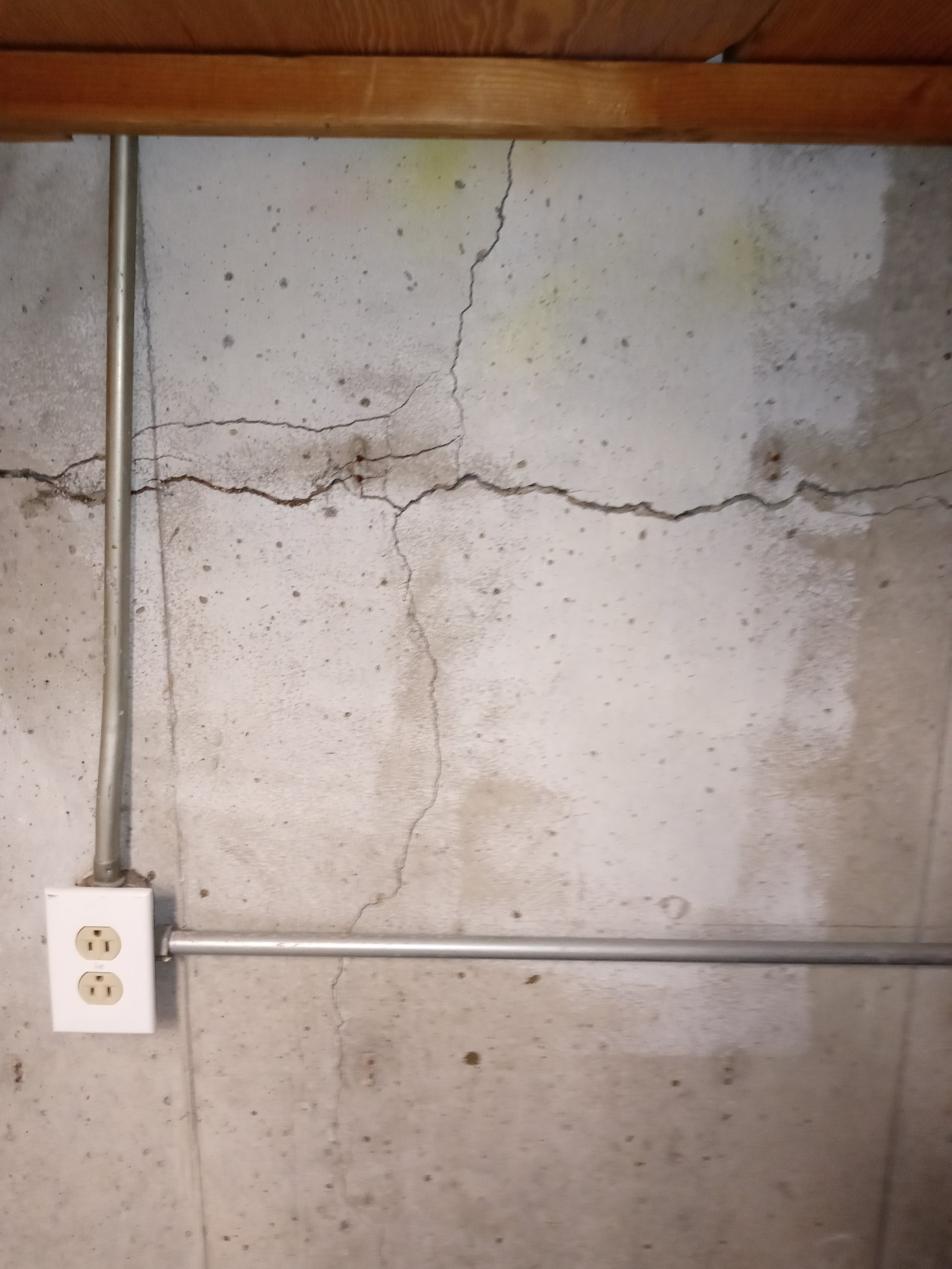Epoxy vs. Polyurethane Crack Injection
Which Method Is Best?
When it comes to repairing concrete cracks, epoxy and polyurethane injections are two commonly used methods, each with its own set of advantages and limitations. Understanding the differences between epoxy and polyurethane crack injection can help property owners make informed decisions when addressing foundation issues. Below, we'll explore the characteristics, benefits, and applications of epoxy and polyurethane crack injections.
Epoxy Crack Injection
Epoxy crack injection involves the use of epoxy resin to fill and seal cracks in concrete structures. Epoxy injections offer a durable and long-lasting solution for repairing cracks, providing structural reinforcement, and preventing further damage. The epoxy resin bonds with the surrounding concrete, forming a strong and waterproof seal that restores the integrity of the structure.
Polyurethane Foam Crack Injection
Polyurethane crack injection utilizes polyurethane foam to fill and seal cracks in concrete. Polyurethane injections are known for their flexibility and expansive properties, making them suitable for sealing hairline cracks and actively leaking cracks. The expanding foam fills voids and gaps within the crack, effectively preventing water infiltration and further deterioration of the structure.
In the following sections, we'll compare epoxy and polyurethane crack injections in terms of their properties, applications, and effectiveness for various types of concrete cracks. By understanding the differences between these two methods, property owners can choose the most suitable solution for their specific foundation repair needs.
Properties of Epoxy and Polyurethane Crack Injections
Epoxy and polyurethane crack injections are two commonly used methods for repairing foundation cracks in concrete structures. Understanding the key properties of each material is essential for determining their suitability for specific repair applications:
Viscosity: Epoxy injections typically have a higher viscosity compared to polyurethane injections, making them ideal for filling and sealing wider cracks and voids. Polyurethane injections, on the other hand, have a lower viscosity and can penetrate smaller cracks and voids more effectively.
Curing Time: Epoxy injections have a longer curing time compared to polyurethane injections. Epoxy typically requires several hours to cure completely, while polyurethane can cure within minutes, allowing for faster completion of repair projects.
Flexibility: Polyurethane injections offer greater flexibility once cured, allowing them to accommodate slight movements and structural shifts without compromising the seal. Epoxy injections, while durable, may be more rigid and less flexible once cured.
Adhesion Properties: Both epoxy and polyurethane injections exhibit strong adhesion to concrete surfaces, ensuring a secure bond and effective sealing of cracks and voids. However, epoxy injections may provide slightly stronger adhesion in certain applications.
Applications of Epoxy and Polyurethane Crack Injections
The choice between epoxy and polyurethane crack injections depends on various factors, including the type and severity of the crack, the structural conditions, and the desired outcomes. Here are some common applications for each method:
Epoxy Injections:
Ideal for repairing structural cracks and larger voids in concrete foundations.
Suitable for stabilizing and reinforcing concrete structures subjected to heavy loads or structural movement.
Effective for sealing cracks in horizontal and vertical surfaces, including floors, walls, and ceilings.
Polyurethane Injections:
Best suited for sealing hairline cracks and smaller voids in concrete structures.
Excellent for waterproofing applications, such as sealing active leaks and preventing water infiltration.
Flexible enough to accommodate minor structural movements without compromising the seal.
Effectiveness of Epoxy and Polyurethane Crack Injections
Both epoxy and polyurethane crack injections are effective methods for repairing foundation cracks and restoring the structural integrity of concrete. Here's how they compare in terms of effectiveness:
Sealing Cracks:
Epoxy injections provide a strong, durable seal for wider cracks and voids, while polyurethane injections offer effective sealing for smaller cracks and voids.
Water Infiltration:
Polyurethane injections are highly effective in preventing water infiltration and can expand to fill voids and block water pathways. Epoxy injections also provide excellent water resistance but may be less flexible in accommodating structural movements.
Long-term Performance:
Both epoxy and polyurethane injections offer long-term performance and durability when applied correctly. Proper surface preparation and application techniques are essential to ensure lasting results for both methods.
Cost Comparison: Epoxy vs. Polyurethane Crack Injections
When comparing the costs of epoxy and polyurethane crack injections, several factors must be considered, including material costs, labor expenses, and overall project expenses. Here's a general overview of the cost comparison between the two methods:
Material Costs:
Epoxy injections typically have higher material costs compared to polyurethane injections due to the higher cost of epoxy resins.
Labor Expenses:
Labor expenses may vary depending on the complexity of the repair project and the skill level of the contractors. However, polyurethane injections may require less labor time compared to epoxy injections due to their faster curing time.
Overall Project Expenses:
While epoxy injections may have higher material costs, they may offer greater long-term durability and fewer callbacks, resulting in potentially lower overall project expenses over time.
Overall Difference Between Epoxy & Polyurethane For Foundation Crack Repair
Both epoxy and polyurethane crack injections are effective methods for repairing foundation cracks and restoring the structural integrity of concrete structures. The choice between the two methods depends on various factors, including the type and severity of the crack, the structural conditions, and budget considerations. Consulting with experienced professionals is recommended to determine the most suitable method for specific repair needs.














